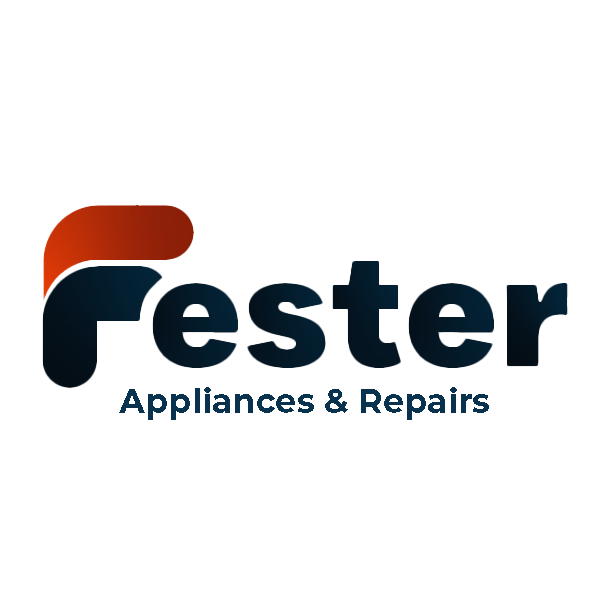Blog
Heat Pump or Condenser Tumble Dryers: Best Option?
Heat Pump or Condenser Tumble Dryers
Heat Pump or Condenser Tumble Dryers : Both types offer unique features and benefits, but understanding the differences between them can help you make an informed decision.
Whether you’re concerned about energy efficiency, drying time, or initial cost, this guide will walk you through everything you need to know to determine the best option for your needs.
What is a Heat Pump Tumble Dryer?
A heat pump tumble dryer works by recycling hot air inside the drum. Unlike traditional dryers, which expel warm, moist air, heat pump dryers use a heat exchanger. This extracts moisture from the air and reuses the heat to dry your clothes. This process makes them highly energy-efficient, as they use much less electricity than other dryer types.
Key Features of Heat Pump Tumble Dryers:
Energy Efficiency: Heat pump dryers are the most energy-efficient tumble dryers available. Many models have an A+++ energy rating, meaning they use less electricity while still delivering excellent drying results.
Lower Operating Temperature: These dryers run at a lower temperature than condenser dryers, which helps protect your clothes from heat damage and shrinkage. They are perfect for drying delicate fabrics.
No Ventilation Needed: Heat pump dryers don’t require an external vent to release warm air, making them ideal for apartments or homes where venting is not an option.
What is a Condenser Tumble Dryer?
A condenser tumble dryer works by using a heating element to warm the air inside the drum. This warm air is circulated through the clothes, absorbing moisture. The moisture is then collected in a water reservoir or drained away via a pipe. Unlike vented dryers, condenser dryers do not expel warm air outside, making them perfect for homes without a venting system.
Key Features of Condenser Tumble Dryers:
- Convenience: Condenser dryers are easy to install because they don’t require external venting. This makes them a good option for apartments or homes with limited space.
- Moderate Energy Consumption: While condenser dryers are generally more energy-efficient than vented models, they are less efficient than heat pump dryers. Their energy consumption is higher because they rely on a heating element to dry clothes.
- Drying Performance: Condenser dryers typically offer faster drying times than heat pump dryers, though they use more electricity in the process.
Heat Pump vs Condenser Tumble Dryers: Key Differences
Now that you understand how each dryer works, let’s compare the key differences between heat pump and condenser tumble dryers. This will help you choose the right one for your needs.
1. Energy Efficiency
Energy use is an important factor when picking a tumble dryer. Heat pump dryers are much more energy-efficient. They use advanced technology to recycle heat, so they need less power to dry your clothes.
- Heat Pump Dryers: These dryers are highly energy-efficient, with many models receiving the A+++ rating. You’ll save a lot on your electricity bill.
- Condenser Dryers: These dryers are more efficient than vented models but still use more power than heat pump dryers. They usually have A or B ratings, meaning they cost more to run.
2. Drying Time
If you need quick drying, a condenser dryer might be a better choice. Heat pump dryers are slower but gentler on clothes.
- Heat Pump Dryers: They dry clothes more slowly because they use lower temperatures. However, this helps protect your clothes.
- Condenser Dryers: These dryers dry clothes faster by using higher temperatures. However, this can cause more wear on fabrics, especially delicate ones.
3. Fabric Care
Heat pump dryers use lower temperatures, which is better for fabric care. They are gentler on clothes, especially delicate fabrics like wool and silk.
- Heat Pump Dryers: Their gentler drying process helps preserve your clothes. They are great for delicate fabrics.
- Condenser Dryers: The higher temperatures can wear out delicate fabrics over time. These are not ideal for frequent drying of delicate items.
4. Initial Cost and Running Costs
Heat pump dryers tend to be more expensive upfront. However, their energy efficiency saves you money in the long run.
- Heat Pump Dryers: Higher initial cost, but lower running costs because they use less energy.
- Condenser Dryers: Lower upfront cost, but higher running costs due to greater energy consumption.
5. Maintenance
Both dryer types require minimal maintenance, but there are a few differences.
- Heat Pump Dryers: They need periodic cleaning of the heat exchanger and condenser. This maintenance is easy to do.
- Condenser Dryers: These also need regular cleaning of the condenser unit. The water reservoir must be emptied, but they need less maintenance than heat pump dryers.

Which Tumble Dryer Should You Choose?
Choosing between a heat pump and a condenser dryer depends on your needs. Here’s a quick guide:
Go for a Heat Pump Dryer if:
- You want to save on energy bills over time.
- You need gentle drying for delicate fabrics.
- You don’t mind longer drying times.
- You have a higher budget for the initial cost.
Go for a Condenser Dryer if:
- You need faster drying times and can handle higher energy use.
- You want a lower initial cost.
- You live in a small space without venting options.
Conclusion
Both heat pump and condenser tumble dryers have their pros and cons. If energy efficiency and fabric care are important, a heat pump dryer is the winner. However, if you prioritize faster drying and a lower upfront cost, a condenser dryer may be a better choice. Your decision should depend on your budget, lifestyle, and laundry needs.
Understanding the differences in energy use, drying time, and fabric care will help you choose the best dryer for your home.



